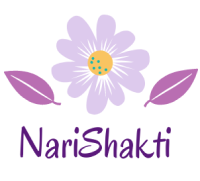Collectibles
Humans have always been interested in owning objects for self-expression and Owned Identity. So, people hold seashells, animal hide, peacock feathers, pearls, and gemstones.
When millions of people have a deep emotional connection over objects, these objects become irreplaceable. For example, some Buddhist monasteries hold the cremated remains of the Buddha. This is also what makes Ganga Jal (water from the river Ganga) valuable to Hindus as compared to any other water.
For any object to be collectible, social consensus must emerge among a large enough population that the thing is rare, difficult to fake, and easy to exchange.
Since we are writing for an Indian audience, let us take the example of Shaligrams and Rudraksha beads.
- Rare. These objects are relatively rare simply because of how specific the supply source is. Shaligrams are naturally occurring riverbed stones in a particular tributary of a river in Nepal. Rudraksha is the dried fruit of a specific species of trees that grow in high-altitude areas.
- Social consensus. But then so would riverbed stones of a particular river, say in Madhya Pradesh, or dried fruit of another tree species. What makes them collectible is the intangible religious value that many Hindus attach to them. For people outside this community, both the Shaligram and Rudraksha have no value.
- Trust. Both of these products can likely be faked. Hence, often they are purchased only from people you’d trust.
- Easy to exchange. Finally, both are non-perishable and small, making them easy to carry and exchange.
 Copied
Copied
